Breaking Patterns with Patterns: Why Trauma Needs Rhythm to Heal

I need you to know that trauma isn’t just a memory — it’s a pattern.
It weaves itself into breath, posture, reflexes, thoughts. It sits in the background like a drumbeat of fear, looping through the nervous system even long after the moment has passed. For many, trauma doesn’t speak in words — it speaks in repetition.
But here’s the hope: patterns can be broken.
And often, the most powerful way to break those trauma loops… is with a new pattern.
One that’s safe. One that’s steady. One that comes from rhythm.
This is where the healing power of repetitive sound and movement comes in. This is where therapeutic drumming meets neuroscience. And this is where we discover that what trauma breaks, rhythm can help restore.
The Trauma Loop: A Rhythm of Its Own
When someone experiences trauma — whether it’s a single event or a repeated exposure — the brain shifts into survival mode. The amygdala (the brain’s alarm system) becomes hyperactive. The prefrontal cortex (responsible for logic, language, and problem-solving) dims. The nervous system locks into a loop of fight, flight, freeze, or fawn.
In this state, the body remembers.
It remembers too much.
It replays the fear.
It anticipates the worst.
It responds to safety like it’s danger, and stillness like it’s threat.
This is what makes trauma so exhausting — it’s not just in the past. It plays like a loop that never ends.
And talking about it? That doesn’t always help.
Because trauma often lives in the non-verbal parts of the brain.
This is why rhythm — simple, accessible, repetitive rhythm — is such a powerful tool.
Why Repetitive Rhythm Works
When we engage in repetitive rhythmic patterns — such as tapping both hands back and forth, walking to a beat, or drumming in a circle — we begin to regulate the very systems that trauma has dysregulated.
Here’s what’s happening in the body:
- Bilateral stimulation begins to re-integrate left and right hemispheres of the brain
- The vagus nerve is soothed, helping shift the nervous system from “threat” to “safe”
- The predictable pattern creates a sense of control and safety
- The repetition helps the body relearn how to rest, how to feel rhythm without fear
In essence, we are retraining the nervous system to respond differently — not by force, but by invitation.
Case by Case: How Rhythm Heals
🔹 A child with early childhood trauma…
…struggles to sit still in a classroom, acting out with defiance or retreating into silence. But through drumming, that same child finds a space to express without judgment. The repetition helps them focus, the rhythm helps them regulate. Slowly, trust returns.
🔹 A veteran with PTSD…
…flinches at loud sounds, battles flashbacks, and lives with chronic anxiety. But during a group rhythm session, they tap into something ancient and calming. The structured pattern overrides the chaotic one. For the first time in a long time, they feel safe in their own body.
🔹 A woman healing from domestic violence…
…has trouble sleeping, trusting, and even breathing without fear. But as she learns to play a steady beat, her hands begin to tell the story her mouth hasn’t said. Through rhythm, she releases — not in words, but in waves.
These are not just activities. These are interruptions to the trauma narrative. And each beat says:
You are not stuck. You are safe. You are healing.
Pattern vs. Chaos
The brain craves order. But trauma delivers chaos.
What rhythm provides is predictability — a simple, repeated anchor the body can trust. The more we engage with it, the more we develop:
- Self-awareness
- Self-regulation
- Cognitive flexibility
- Emotional resilience
It may look like a group drumming circle or a child tapping their thighs in rhythm. It may sound like a soft heartbeat beat on a conga or a shared cadence in therapy. But what’s actually happening?
The brain is learning a new loop.
The old narrative — fear, freeze, panic — gets overwritten by a pattern of peace.
From Repetition to Restoration
Rhythm doesn’t erase trauma.
But it creates a bridge.
A new loop.
A safer cycle.
Each repetition, each beat, each movement tells the nervous system:
“Here is something you can predict. Here is something safe. Here is a new rhythm for your story.”
When someone says “healing is a journey,” rhythm becomes the vehicle.
And with each session, with each breath, we help people move from surviving to thriving.
Final Thoughts
Trauma taught the body a rhythm — one of fear, confusion, shutdown, or hyper-alertness.
But through intentional, repetitive, and therapeutic sound, we offer a new rhythm. A healing rhythm. One that breaks old patterns not with pressure… but with patience.
Breaking patterns with patterns isn’t just a poetic phrase.
It’s neuroscience.
It’s embodiment.
It’s hope.
It’s healing.
And it’s happening — one beat at a time.
Table of Contents



